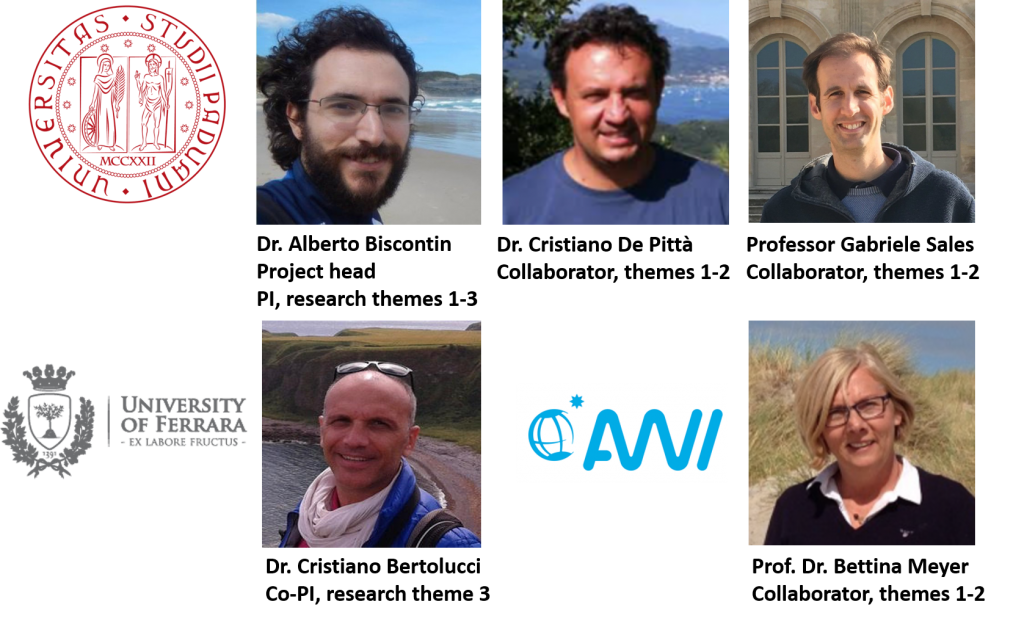Title: Ontogenesis of the circadian clock in the Antarctic krill Euphausia superba
Motivation: The aim of this project is to investigate the functionality and the role of the endogenous time-keeping machinery in the oscillatory behavioural and physiological processes which characterize Euphausia superba during its complex larval life. Recently, we have identified and characterized eight opsins in adult krill. The light mediated cascade plays a pivotal role in the entrainment of the circadian molecular oscillator and it is involved in daily behaviour entrainment. Consequently, we plan to further characterize the expression of the main components of the visual complex throughout krill ontogenesis.
The tasks of this project are:
- to identify the larval stages expressing the core components of Antarctic krill circadian machinery;
- to analyse the daily expression of the clock genes in specific larval stages;
- to identify and quantify throughout ontogenesis the expression of genes involved in the visual. Cascade.
Approach:
The main goals of this Project are the following:
1) Identification of the core components of the circadian clock machinery in krill larvae by mining a large sequence dataset that has been recently produced by massive sequencing of seven larval stage-specific cDNA libraries (in collaboration with Prof. B Meyer). Results will be validated by qRT-PCR.
2) Analysis of clock genes expression profiling throughout a 24h cycle in different larval stages. We will attempt to reconstruct the ontogenetic expression profiles of all core components of the circadian clock and find when they start to work together to self-sustain their rhythmic oscillation.
3) Elucidate the role of the main components of the visual cascade in the entrainment of the circadian clock and in thedaily behaviour synchronization during larval development (in collaboration with Prof. C. Bertolucci).
Lead researchers in the PNRA project:

